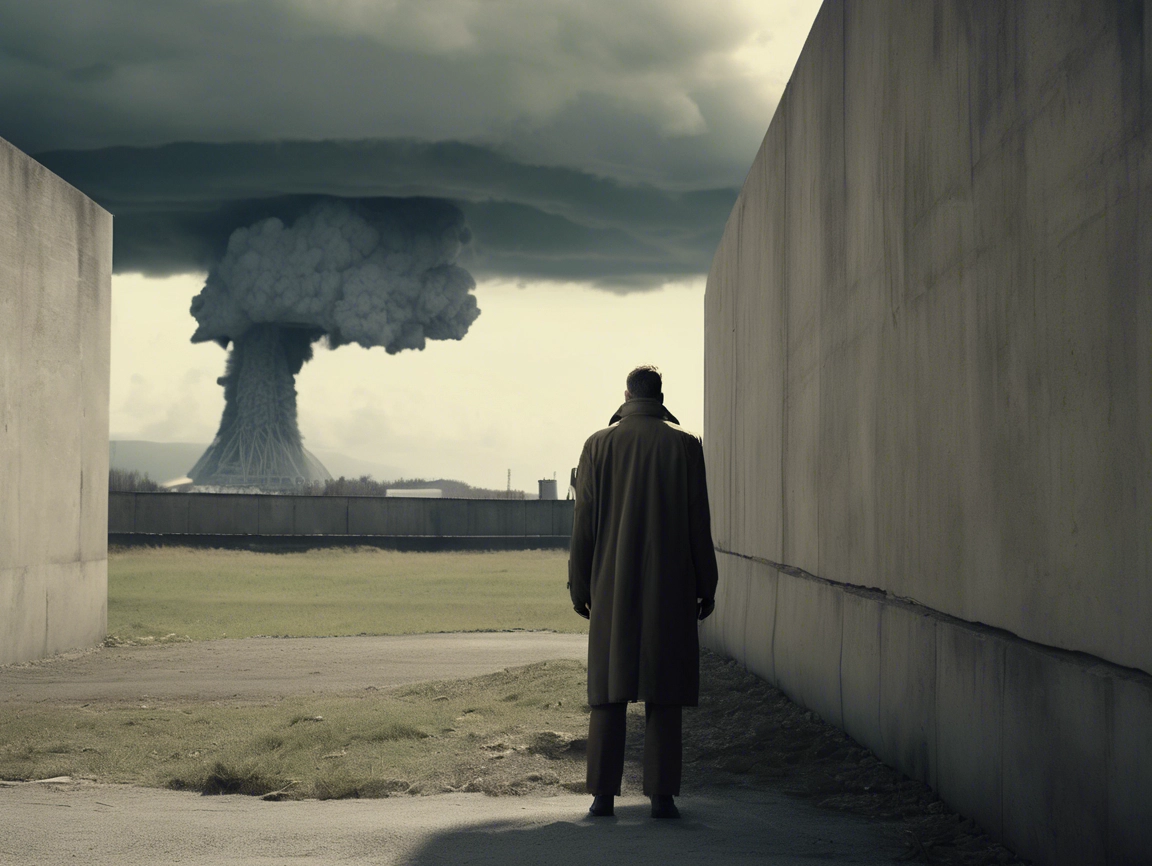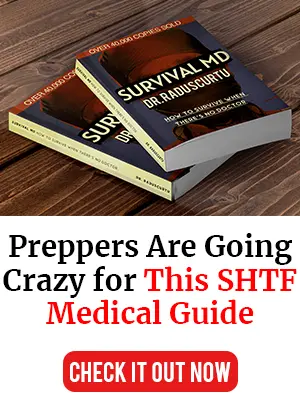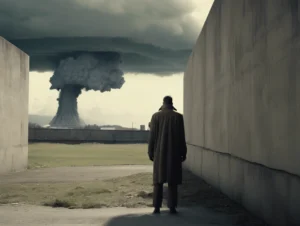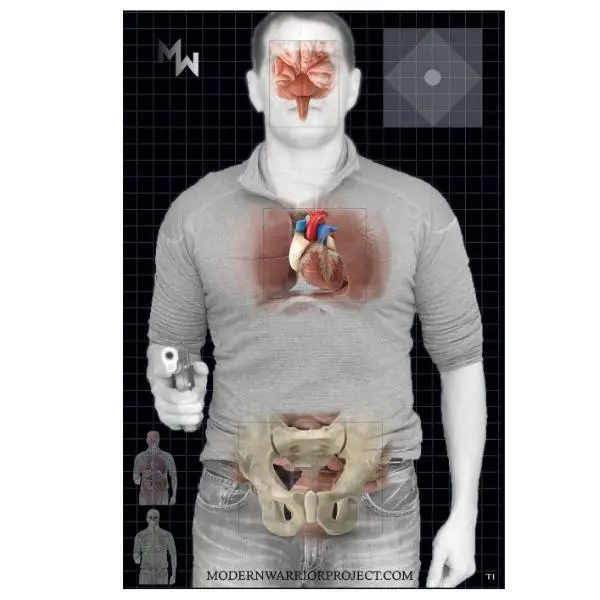When it comes to emergencies, few scenarios evoke more fear than a nuclear attack. Though unthinkable, the possibility of a nuclear event—be it a direct military strike or a terrorist’s dirty bomb—should not be dismissed. Preparation in advance and decisive action during those first critical moments can make all the difference. Today, we’ll walk you through essential steps for surviving a nuclear event. Because, as unsettling as it may seem, knowledge is your greatest ally in these situations. Let’s dive in. 🌟
Recognizing the Flash: Your First Few Seconds Matter
When the unimaginable happens, time is your most precious resource. The flash of a nuclear blast, often described as “brighter than a thousand suns,” signals that your immediate actions must be swift and calculated. In those crucial first seconds, remember this mantra: “See the flash, you dash.”
Don’t freeze. Your goal is to find substantial cover as quickly as possible. Look for structures made of concrete or steel, interior rooms without windows, or underground spaces like basements or subway stations. The more barriers between you and the blast, the better your chances of survival. Avoid wasting time on anything else—calling loved ones or grabbing emergency supplies can wait. Prioritize getting to safety.
Understand the Difference: Cover vs. Concealment
When seeking protection, it’s vital to distinguish between cover and concealment. Cover, such as thick concrete walls or underground bunkers, will shield you from the blast and radiation. On the other hand, concealment, like hiding behind a bush, provides no real protection. Your survival depends on choosing the former.
If you can get underground, do so immediately. Every foot of concrete or earth you put between yourself and the blast significantly reduces your exposure. Once in a safe location, lie flat with your feet toward the blast, face down, and shield your face and head.
Dealing with Fallout: The Invisible Threat
Once the initial blast passes, a new danger arises: radioactive fallout. Think of it as ash from a volcanic eruption, but laced with deadly radioactive particles. Fallout particles are invisible, tasteless, and odorless, making them even more insidious. If you’ve been exposed outdoors, your next priority is decontamination.
- Strip: Immediately remove your outer clothing, as it likely carries radioactive particles. Turn them inside out as you take them off and seal them in a plastic bag far from your shelter.
- Wash: If water is available, thoroughly wash exposed skin and hair using soap and water. If water is scarce, use a damp cloth or dry brush to remove particles.
- Stay: Once decontaminated, remain inside your shelter to avoid further exposure.
Sealing off your shelter is equally important. Close windows and doors, turn off ventilation systems, and use duct tape and plastic sheeting to seal cracks and vents. Every layer of protection counts.
The Seven-Tenths Rule: Understanding Radiation Decay
Radiation from fallout diminishes over time, but the first hours are the most dangerous. The Seven-Tenths Rule can help you grasp how quickly radiation intensity decreases:
- After 7 hours, radiation levels drop to 10% of their initial intensity.
- After 49 hours (approximately 2 days), they are 100 times less potent.
This rapid decay means staying sheltered for at least 12-24 hours after the blast is critical. Do not venture outside until you have reliable information indicating it’s safe.
Handheld Ham Radios (VHF & UHF) with High Gain Antenna and Programming Cable (2Pack) (M)
Essential Supplies for Shelter-in-Place
Being stuck indoors requires careful planning. Here’s a checklist of essential supplies to keep on hand:
- Water: At least one gallon per person per day for drinking and basic hygiene. Know how to access stored water from tanks or hot water heaters.
- Food: Stock non-perishable, ready-to-eat items like MREs, canned goods, or energy bars.
- First Aid: Include bandages, essential medications, and any prescription drugs.
- Communication: A hand-crank or battery-powered NOAA weather radio will be vital for receiving updates.
- Sanitation: Set up a designated area for waste using a bucket with a tight-fitting lid and garbage bags.
Minimize activity to conserve energy and supplies. Staying calm and well-organized is just as important as the supplies themselves.
Preparation: Your Best Defense
Surviving a nuclear event isn’t about living in fear or becoming a doomsday prepper. It’s about equipping yourself with the knowledge and tools to face the unthinkable with confidence. The key takeaway? Your actions during those first few moments of a nuclear event are critical to your survival.
From finding immediate cover to decontaminating and sheltering in place, every step you take matters. The Modern Warrior Project is here to empower you with practical advice and training to prepare for life’s unpredictable challenges.
What’s Next?
After securing short-term survival, the focus shifts to long-term necessities like water, food, and security. We’ll be covering these topics and more in upcoming content. If you found this guide useful, don’t forget to subscribe and hit the notification bell for more insights into prepping, survival, and tactical training.
Have your own survival tips or experiences? Share them in the comments below—your input could save lives. Stay safe, stay prepared, and remember: Your actions in those first moments can make all the difference.































